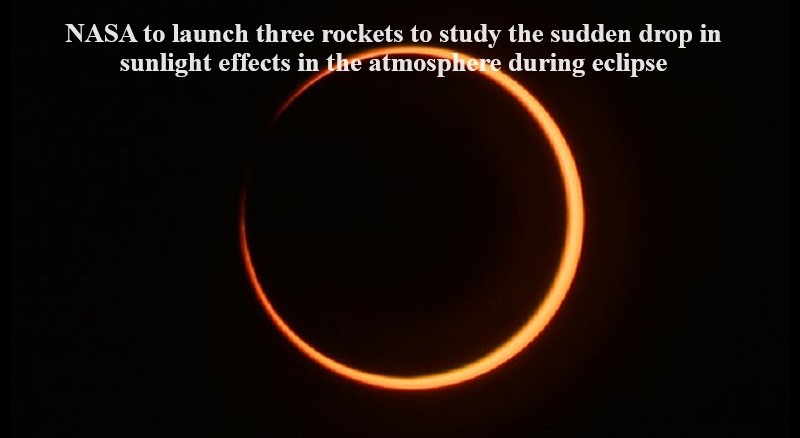
On October 14, NASA scientists will be actively engaged, coinciding with the day known as the annular eclipse, during which skywatchers and eclipse enthusiasts across America will witness the sun’s luminance diminish to a mere 10% of its usual intensity. This momentous event will coincide with the launch of a significant NASA mission.
Aroh Barjatya, an engineering physics professor at Embry-Riddle Aeronautical University, leads this NASA mission, denominated as Atmospheric Perturbations around the Eclipse Path, or APEP for short.
The mission entails the launch of three rockets from the White Sands Missile Range in New Mexico, with a specific focus on the ionosphere. As the eclipse unfolds, the temperature and density of the ionosphere will decrease, inducing a ripple-like effect that has the potential to disrupt GPS and satellite communications.
Aroh Barjatya elucidated, “If you think of the ionosphere as a pond with some gentle ripples on it, the eclipse is like a motorboat that suddenly rips through the water. It creates a wake immediately underneath and behind it, and then the water level momentarily goes up as it rushes back in.”
The APEP team has meticulously planned the launch of three rockets, scheduled in rapid succession— one 35 minutes prior to the local peak of the eclipse, another during the eclipse itself, and a final launch 35 minutes after the eclipse concludes.
This marks only the initial phase of APEP’s mission. On April 8, 2024, during a total solar eclipse spanning from Texas to Maine, the APEP rockets launched in New Mexico will be retrieved and subsequently launched from NASA’s Wallops Flight Facility in Virginia. Although the April launches will provide an opportunity to assess the far-reaching effects of an eclipse, they will be conducted at a greater distance from the eclipse’s path than the annular eclipse in October.

Post Your Comments